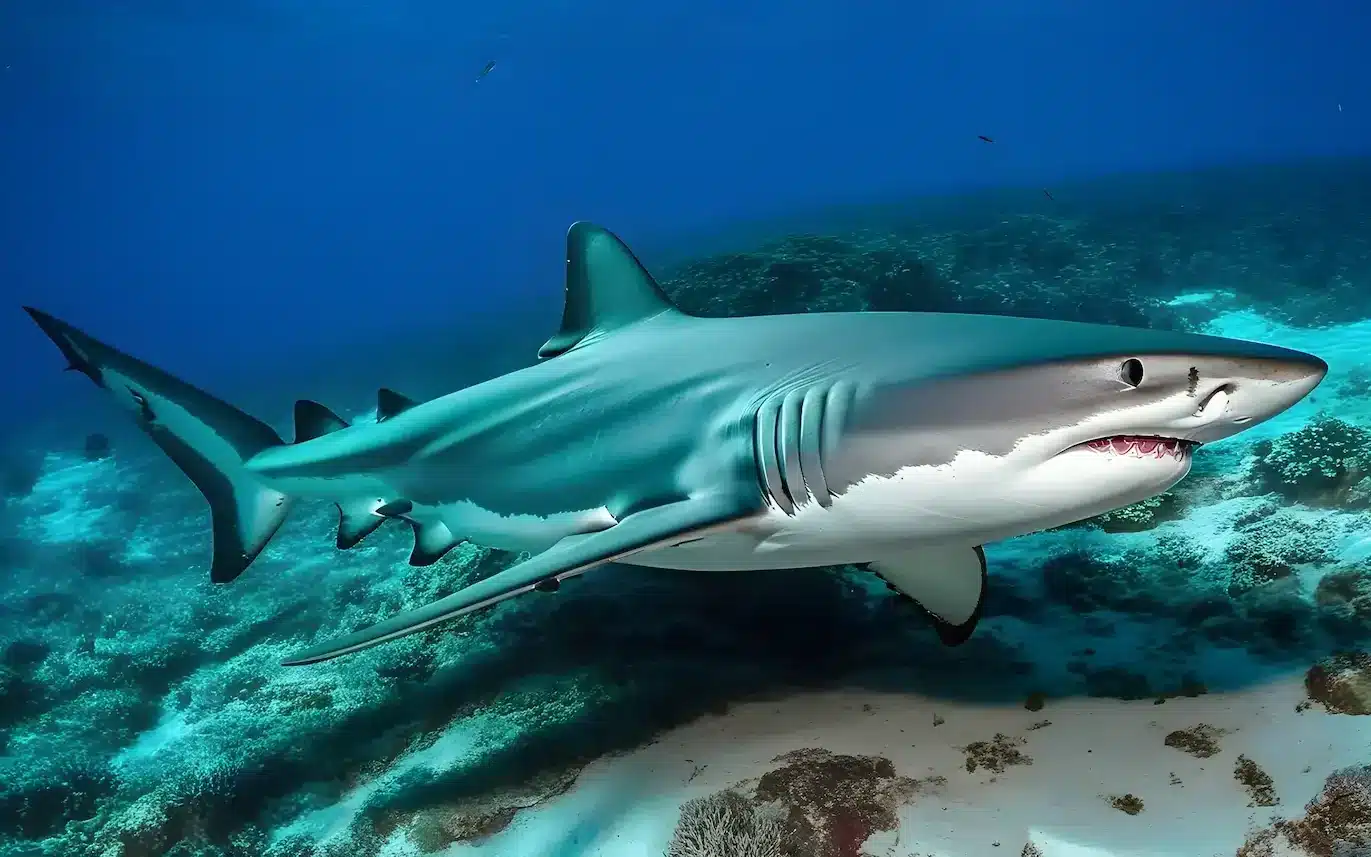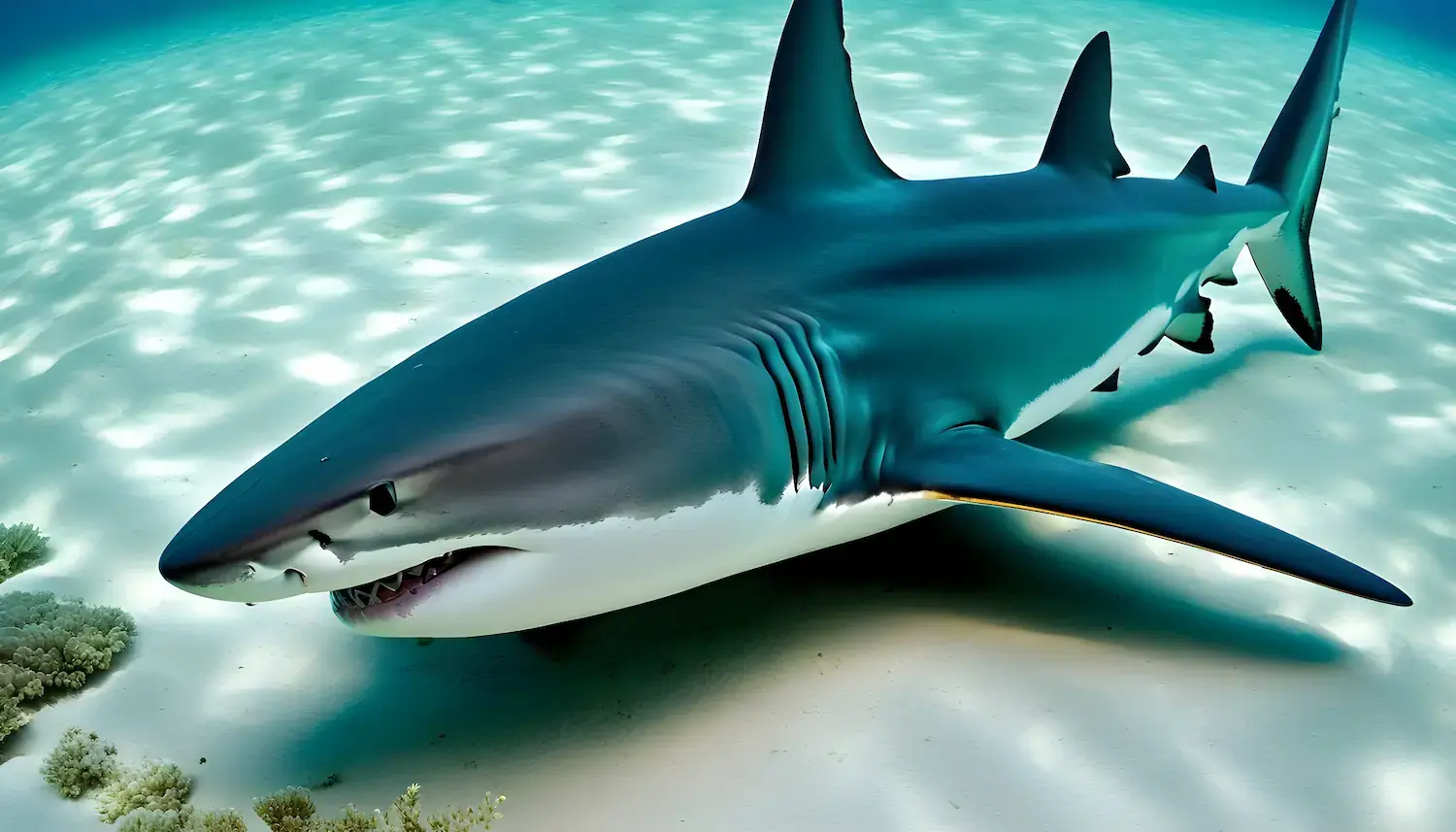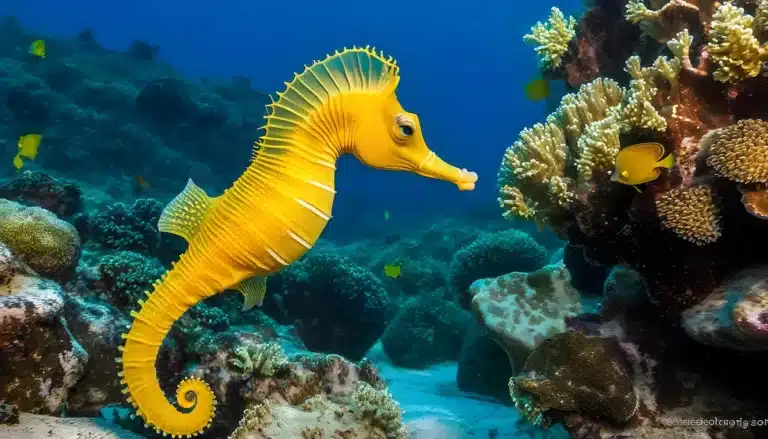Discover the Fascinating World of Sharks: Unique Characteristics
Sharks, a captivating category of elasmobranch fish, exhibit distinctive characteristics, including a cartilaginous skeleton, five to seven gill slits, and pectoral fins that remain unfused to the head. They are officially classified within the Selachimorpha clade, closely related to rays and kin. Informally, the term “shark” is sometimes extended to include extinct Chondrichthyes members with shark-like characteristics, like hybodonts. The emergence of shark-like chondrichthyans, such as Cladoselache and Doliodus, dates back to the Devonian Period, around 419–359 million years ago.
Sharks exhibit a wide range of sizes, from the small dwarf lanternshark to the massive whale shark, reaching lengths of approximately 12 meters. They inhabit all seas, with depths extending up to 2,000 meters. Notably, exceptions like the bull shark and river shark can thrive in both seawater and freshwater. Sharks boast a protective covering of dermal denticles and possess multiple sets of replaceable teeth.
Among sharks, some species stand out as apex predators, playing vital roles at the top of their respective food chains. This includes the tiger shark, blue shark, great white shark, mako shark, thresher shark, and hammerhead shark.
Unfortunately, despite their ecological importance, sharks face significant threats from human activities, particularly overfishing. Since 1970, shark populations have experienced a drastic 71% reduction, highlighting the urgent need for conservation efforts to safeguard these remarkable marine creatures.

FAQs
What eats sharks?
- Orcas.
- Cape clawless otters.
- Nile crocodiles.
- Seals and sea lions.
- Large fish.
- Other sharks.
- Chacma baboons.
- Sperm whales.


